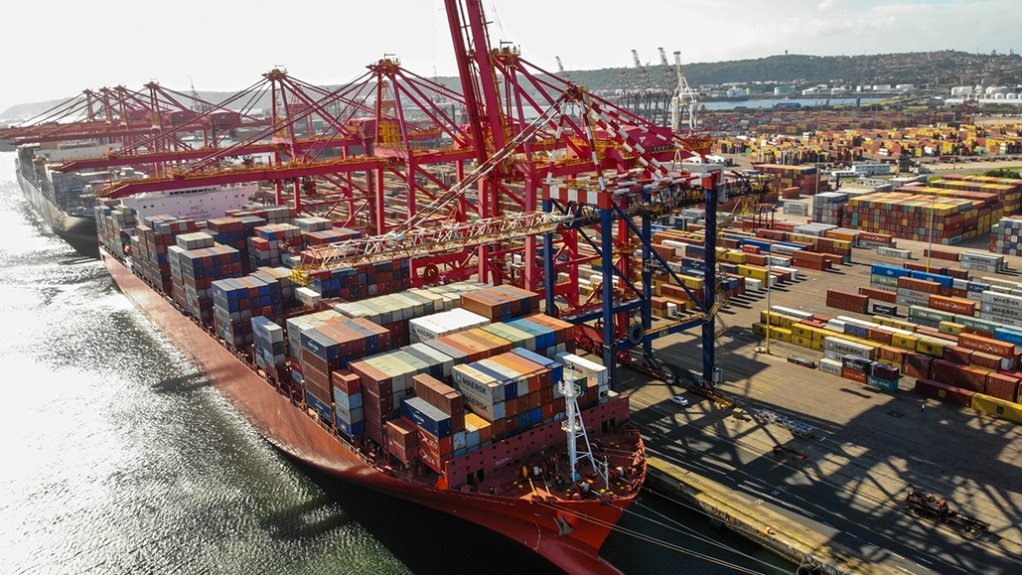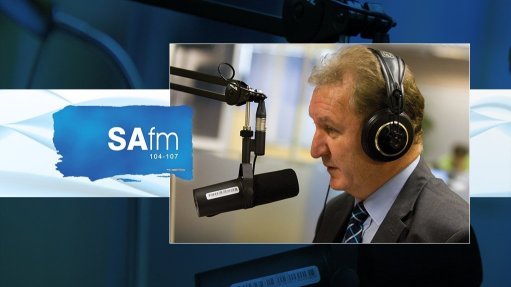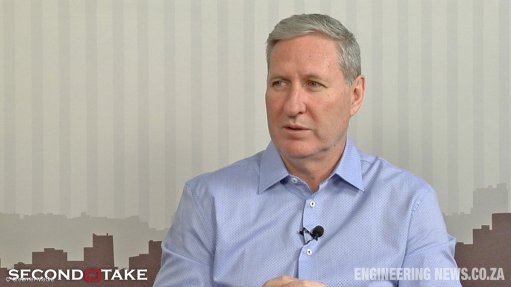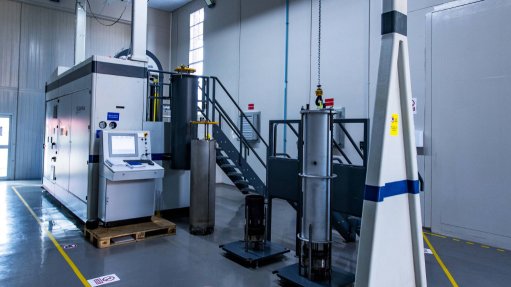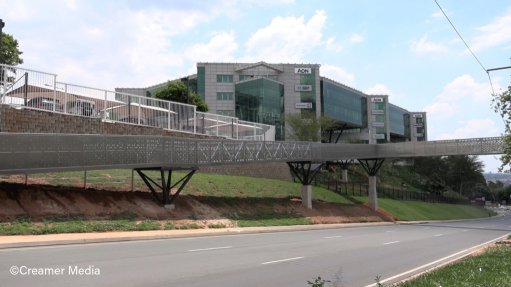South African exports to America could slump by up to $2.3bn under new tariffs
Econometric modelling of the impact on South Africa of US tariffs – including the proposed 30% reciprocal tariff on all non-exempted goods, the 25% tariff on automotives and automotive components, and the 50% tariff on steel, aluminium and copper – indicates that yearly South African exports to America could decline by between $1.4-billion and $2.3-billion.
In 2024, South Africa exported goods to the US valued at $14.9-billion.
EY tax partner Duane Newman reports that its modelling suggests a potential fall in exports of between $1.4-billion and $1.6-billion yearly in 2024 prices. While Professor Lawrence Edwards, of the University of Cape Town’s School of Economics, says its analysis points to a potential loss of $2.3-billion once the higher tariffs imposed on South Africa relative to competitor exporters are also taken into account.
Worryingly, the tariff figure imposed on South Africa could rise to 40% should President Donald Trump follow through on his threat to impose an additional 10% on countries that support the “anti-American policies of BRICS”, of which South Africa is a member.
“Our real concern here is what our tariffs are relative to competitors, and if the competitors get lower tariffs compared to us, we could find that the export losses are accentuated,” Edwards explained during a webinar held after Trump’s July 7 letter to President Cyril Ramaphosa indicating that reciprocal tariffs would be implemented on August 1.
XA Global Trader Advisers CEO Donald MacKay, who hosted the webinar, noted that the US was an important market for South Africa, representing 8%, or R157-billion, of the country’s yearly exports of R1.8-trillion. By contrast, South African exports to the US accounted for a mere 0.44% of America’s yearly imports of R61.5-trillion.
While a good portion of the value of South Africa’s exports were in the form of critical and precious minerals and metals currently exempted from the proposed 30% duty, exports subjected to existing and proposed US tariffs affected 1.3% of GDP.
Automotive and automotive parts, which were attracting tariffs of 25% under Section 232 of the Trade Act and which would not change should the 30% tariff be introduced next month, were seriously affected. While agricultural products such as citrus were vulnerable not only to the reciprocal tariff, but could lose further competitiveness should countries such as Chile and Peru face tariffs into the US that are significantly lower than the 30% to 40% now faced by South Africa.
However, Lawrence also highlighted the importance of the US to other smaller exporters, given that about 80% of the about 2 500 different products exported to the US would be subject to the reciprocal tariff, should it be implemented.
Lawrence, thus, encouraged the South African government to continue with its diplomatic efforts to avert the August 1 reciprocal tariffs given that Trump had left the door open in his letter for adjustments. This, despite South Africa’s failure to secure concessions until now.
The country could also make unilateral moves to signal its intent to deal with some of the long-standing concerns raised by the US in relation to poultry, pork and beef and could even consider extending market access that was at least equal to what was currently available to EU and UK firms.
Newman added that South Africa could also seek to replicate the deal that the UK had reached with the US in relation to automotive exports, which included a quota allowing the first 100 000 cars exported to America yearly to enter under a 10% rather than a 25% tariff.
However, Newman also suggested that South African firms should begin preparing for a future where tariffs were increasingly the norm.
He argued that this would require a return to basics by initiating reviews of their vendor, customer and intercompany agreements on valuation, alongside customs classifications and rules of origin, so as to find ways of navigating what was poised to be a more protectionist era.
Article Enquiry
Email Article
Save Article
Feedback
To advertise email advertising@creamermedia.co.za or click here
Comments
Announcements
What's On
Subscribe to improve your user experience...
Option 1 (equivalent of R125 a month):
Receive a weekly copy of Creamer Media's Engineering News & Mining Weekly magazine
(print copy for those in South Africa and e-magazine for those outside of South Africa)
Receive daily email newsletters
Access to full search results
Access archive of magazine back copies
Access to Projects in Progress
Access to ONE Research Report of your choice in PDF format
Option 2 (equivalent of R375 a month):
All benefits from Option 1
PLUS
Access to Creamer Media's Research Channel Africa for ALL Research Reports, in PDF format, on various industrial and mining sectors
including Electricity; Water; Energy Transition; Hydrogen; Roads, Rail and Ports; Coal; Gold; Platinum; Battery Metals; etc.
Already a subscriber?
Forgotten your password?
Receive weekly copy of Creamer Media's Engineering News & Mining Weekly magazine (print copy for those in South Africa and e-magazine for those outside of South Africa)
➕
Recieve daily email newsletters
➕
Access to full search results
➕
Access archive of magazine back copies
➕
Access to Projects in Progress
➕
Access to ONE Research Report of your choice in PDF format
RESEARCH CHANNEL AFRICA
R4500 (equivalent of R375 a month)
SUBSCRIBEAll benefits from Option 1
➕
Access to Creamer Media's Research Channel Africa for ALL Research Reports on various industrial and mining sectors, in PDF format, including on:
Electricity
➕
Water
➕
Energy Transition
➕
Hydrogen
➕
Roads, Rail and Ports
➕
Coal
➕
Gold
➕
Platinum
➕
Battery Metals
➕
etc.
Receive all benefits from Option 1 or Option 2 delivered to numerous people at your company
➕
Multiple User names and Passwords for simultaneous log-ins
➕
Intranet integration access to all in your organisation



